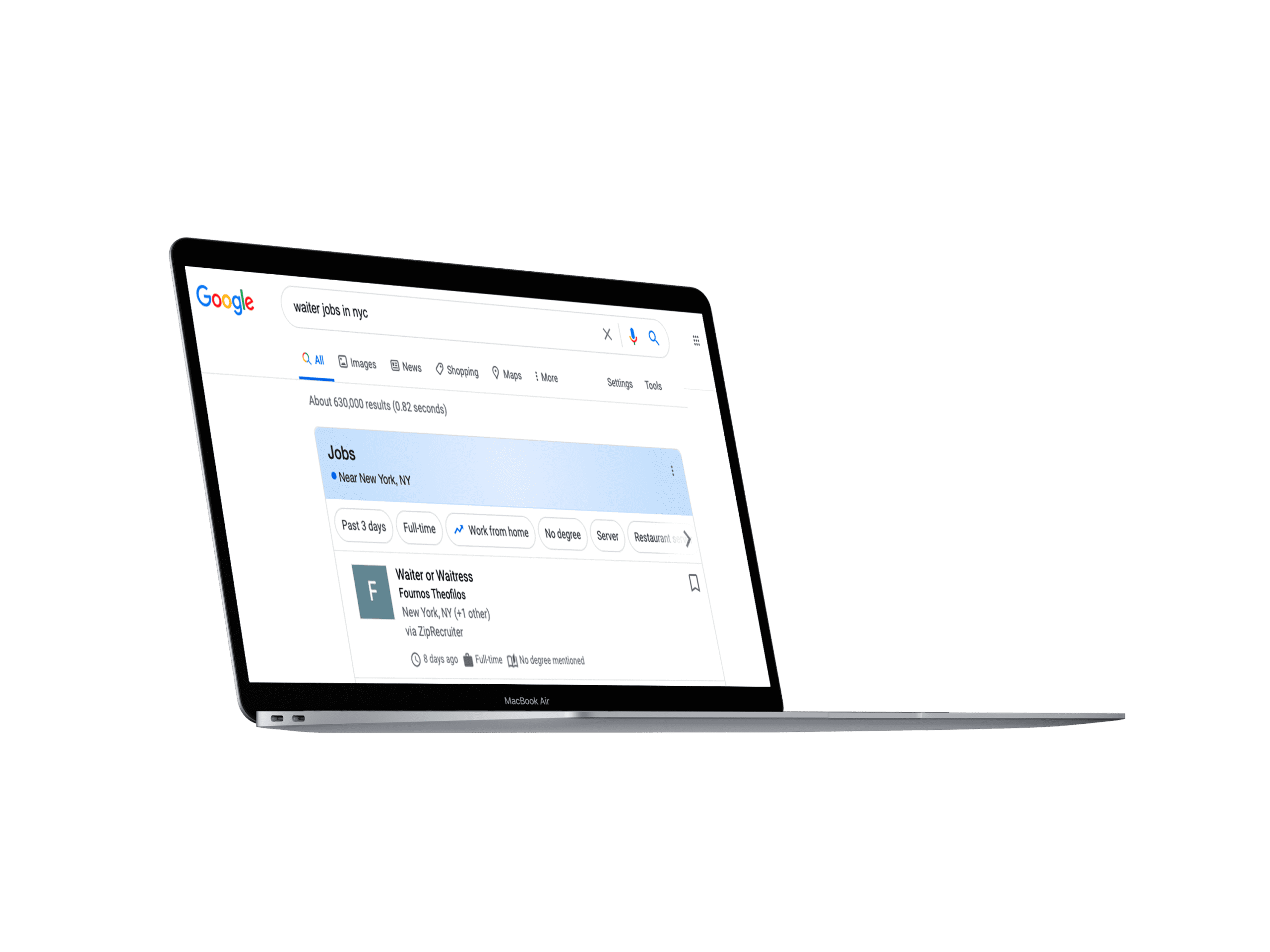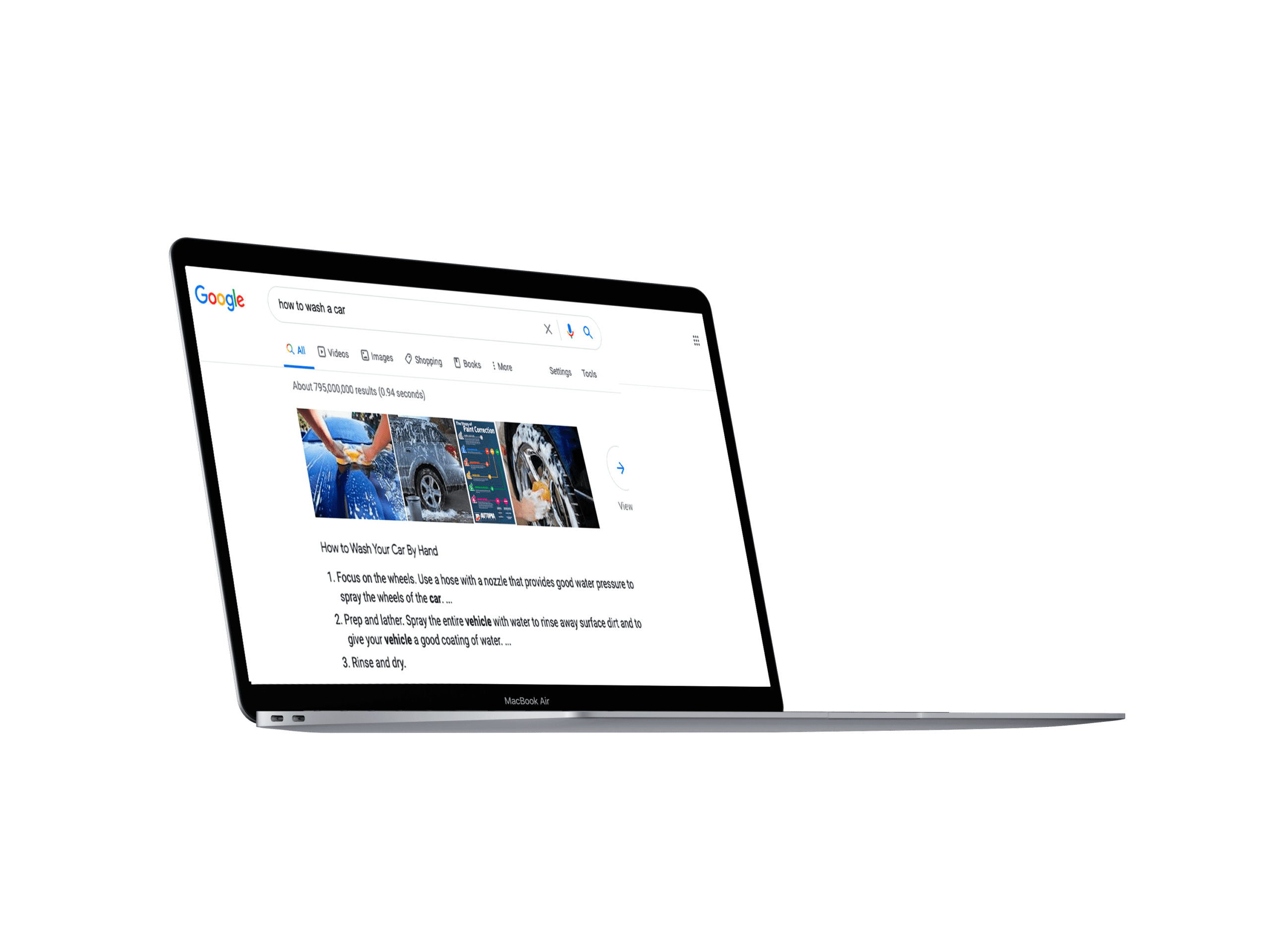Darwinism will help you understand how Google’s modern, rich SERP evolves

SERP features
SERP features go further beyond the plain blue link. ‘Knowledge panels’, ‘featured snippets’ and ‘people also ask’ are all examples of SERP features that are available to secure. The great thing about these is that they usually take up more space than rich results and are likely to appear at the top of SERPs, above paid advertisements. At DEPT®, we help our clients in obtaining these features for exactly these reasons.

Now what?
As initially stated, Darwinism is not a solution, but it may provide clarification. Knowing what search result types are frequently repeated, the next step is to understand in what context these appear and plan accordingly.
When the intent behind a search is clear, Google is more likely to show an unambiguous SERP containing richer and more focused results. Contrary, when search intent is less clear, Google is more likely to show an ambiguous SERP containing results covering a broader range of intents. This is also why brand searches return company websites, while generic searches return a more diverse mix of results. To stick with Darwin’s theory, we see SERPs shaping themselves in response to the environment.
One example is related to COVID-19. A DEPT® client here in Denmark offers self storage facilities. Needless to say, storage is an important topic for this client to have visibility on. When COVID-19 started to spread in the spring of 2020, we noticed a change in the SERPs on this topic. At the top of the SERPs were websites meeting search intent for users looking for self storage facilities, but within a few months, the SERPs became more diverse and now to a higher degree also feature websites offering home storage furniture. Though the SERPs on the storage topic still consist of self storage providers, this change in returned results demonstrates how SERPs change to reflect changes in user intent.
Maximising SERP output
In the industry, there is some buzz about pixel tracking. The idea is to complement your rank tracking with pixel tracking. With pixel tracking we look at the distance from the top of the SERP to our organic result to estimate CTR (click through rate). We consider the entire result page (both paid and organic results), take action, and track. The idea is to take into account all aspects of a SERP before you decide how to pursue more visibility. Maybe you have a lower-funnel keyword dominated by advertisements. In this case, it can result in more traffic if you target a spot in the Google Maps Pack compared to the classic top organic position. If there’s a budget, a PPC (pay per click) ad could also be the best solution.
DEPT® has a bottom-up approach when working with organic search. To generate revenue, we focus on increasing the visibility of lower funnel pages, then mid funnel, and lastly upper funnel pages. Through an understanding of search intents, we build topic coverage and target search results in changing formats. You should do the same.
More Insights?
View all InsightsQuestions?
Client Manager





